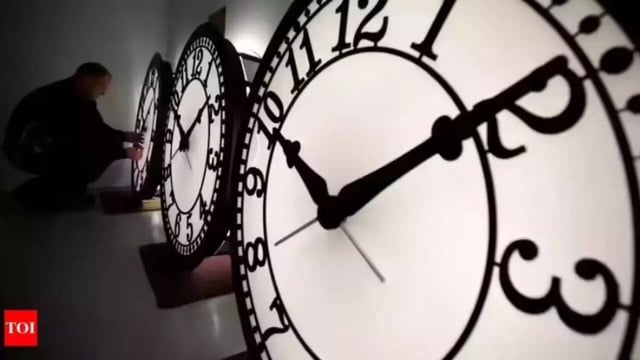Overview
- At 2 a.m. local time on Nov. 2, clocks will shift back to 1 a.m., giving most Americans an extra hour of sleep and earlier sunsets.
- The current schedule—from the second Sunday in March to the first Sunday in November—was set by the Energy Policy Act of 2005 and is administered by the U.S. Department of Transportation.
- This year’s end date is one day earlier than in 2024 and is the second-earliest possible because the change always occurs on the first Sunday of November.
- Under the Uniform Time Act, states may choose permanent standard time but cannot adopt permanent daylight saving time without congressional action, and recent hearings led by Sen. Ted Cruz, a bill reintroduced by Sen. Rick Scott, and support from President Donald Trump have not altered the law.
- Hawaii, most of Arizona, and the U.S. territories of Puerto Rico, Guam, the U.S. Virgin Islands, American Samoa, and the Northern Mariana Islands do not observe the change, while the Navajo Nation observes DST across its territory.


